Bobby BeauSoleil interview (The Orkustra)
Bobby BeauSoleil is a man of various talents. In the early ‘60s he moved from Santa Barbara to Los Angeles in pursuit of being a musician. Soon he got involved with local bands and joined The Grass Roots, which later became Love under the lead of Arthur Lee. At age of 17 he joined the band on guitar along with Johnny Echols. After awhile he went further up the road stopping by the early stage of renaissance that was happening in district of Haight-Ashbury and soon formed a band so far out with their performance and sound, that he attracted well known filmmaker Kenneth Anger – ending in a long collaboration for occult classic Lucifer Rising.
BeauSoleil’s band The Orkustra was the weirdest collective along with Sun Ra Arkestra. Bobby BeauSoleil is still active more than ever and currently working on a book with his visual art. He is also slowly writing autobiography. Musically, he’s working on what he calls ‘electro-psychedelic’ album Psychlopz. Here’s an exclusive interview.
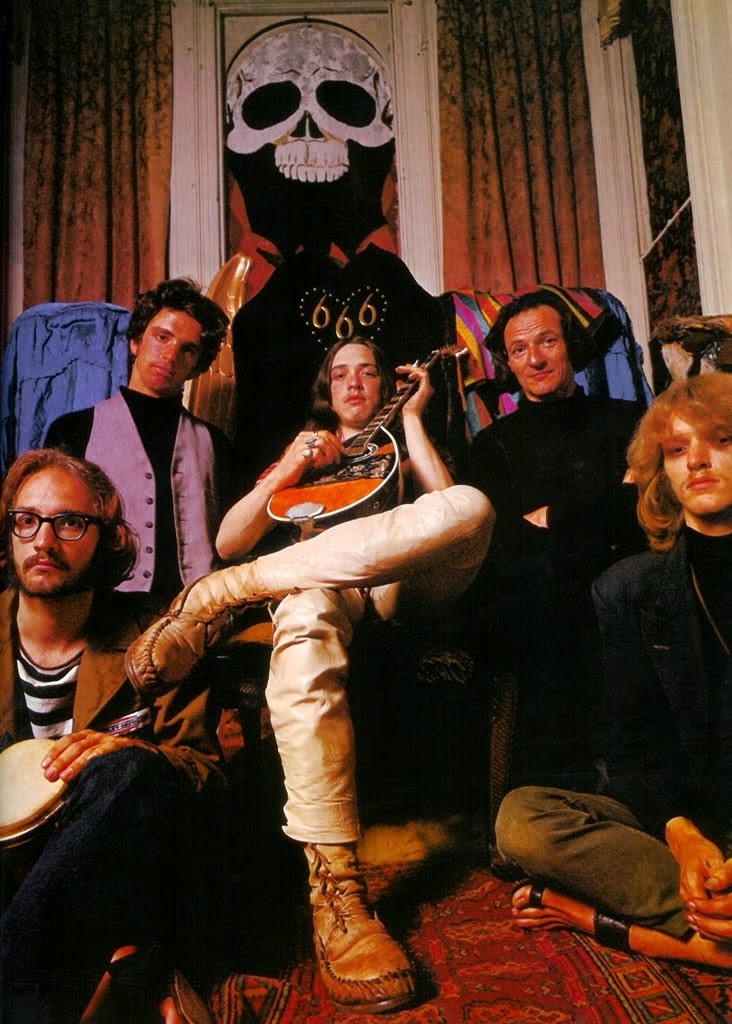
Thank you very much for taking your time and effort to discuss about your music. You were born in Santa Barbara, CA. What would you say were some of the early influences on you as far as music goes and at what age did you start playing an instrument?
When I was growing up in the 1950s, my hometown was said to be a place for the newly wed and nearly dead. The local radio station played only cloying, stodgy fare for the most part, though I liked some of the instrumentals. The music in the old horror movies I watched on TV appealed to me much more. When I was 11 years old, I found an old Silvertone guitar in the attic of my grandmother’s house. My parents couldn’t afford to get me guitar lessons so I began inventing my own music on that old guitar. R&B, which was popular in Los Angeles, barely penetrated the local radio play list but finally, in the early ‘60s, surf and hot rod music insinuated itself into my consciousness. The first popular song I learned to play was Link Wray’s “Rumble”.
When you were still very young you went to Los Angeles where you’ve met some musicians. Among them there was Arthur Lee. He invited you to be a second guitarist in a band called The Grass Roots (later became more known as ‘Love’). This was for a really short period. They fired you because you were too young to play legally in adults-only nightclubs. How did you meet Arthur Lee?
Actually, Arthur didn’t invite me into the band. I invited myself. I had seen The Grass Roots perform a few times as Ciro’s and really liked their sound and energy. A fully racially integrated band was pretty cutting edge for those times, and that was attractive to my sense of adventure and rebellious spirit. It seemed to me that a second guitar would help to fill out the sound of the band, and free Johnny Echols up to play more leads and ornamentation, so I decided to approach them about trying me out for the fifth position that I imagined might exist. I was 17 and looking to break into the music scene, and this seemed like a good place for me. The Grass Roots were using a failed nightclub on The Strip for a practice studio. When I learned this I went there and introduced myself.
“In late 1965 the Haight-Ashbury was just a seedy low rent district barely anyone in the counter-culture scene knew about.”
When you were around 17 you moved to San Francisco to experience the ‘Haight-Ashbury’. What do you recall from your settling in San Francisco? Did you find bands like The Grateful Dead, Jefferson Airplane, The Charlatans, Big Brother and the Holding Company, Country Joe and the Fish, Quicksilver Messenger interesting? Did you hang out with those guys?
Getting booted out of The Grass Roots turned out to be a gift. It had left such a bad taste in my mouth that it prompted me to leave L.A. and seek better prospects in northern California. I had visited the San Francisco Bay Area once before and loved it, so that’s where I went. In late 1965 the Haight-Ashbury was just a seedy low rent district barely anyone in the counter-culture scene knew about. I discovered it by happy accident, and that’s where I pitched my tent, so to speak. The Grateful Dead had a house up the hill on Ashbury. Country Joe and the Fish were a Berkeley band, and most of the guys in Quicksilver lived across the other big bridge in Sausalito and Mill Valley. The members of Big Brother and the Holding Company, The Airplane, and The Charlatans were spread across greater San Francisco. My band performed gigs with these bands and others, so we all knew one another, at least casually. I can’t say that we were hanging out together, though. We were all focused within the circles of community around our own bands for the most part.
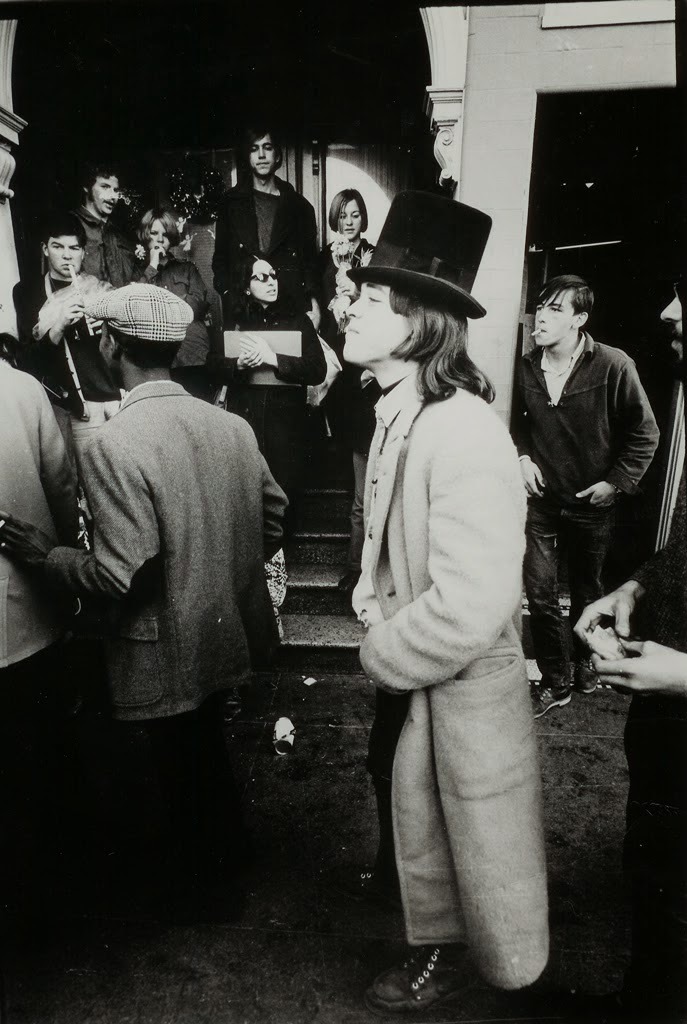
“They say that if you remember the ‘60s you weren’t really there, but my memories remain oddly vivid.”
You found an artist community in the Haight-Ashbury district of San Francisco. Shortly thereafter, you formed your own band called The Orkustra, notable for its unprecedented blend of psychedelic rock, classical, jazz, and middle eastern music styles. How was the community called and did you found other members there? There was Jaime Leopold (bass), Terry Wilson (drums, percussion), Henry Rasof (oboe), David LaFlamme (violin) and you on guitar and bouzouki. Tell us about this interesting lineup. You had an amazing sound and were so ‘out there’; probably one of the most original bands. What do you recall about those early days?
They say that if you remember the ‘60s you weren’t really there, but my memories remain oddly vivid. The Haight-Ashbury scene had different names depending on what circles you moved in within the community. There were a lot of circles and they all intermingled to some extent. The whole of it defies labeling, even today, though I like the Love Movement.
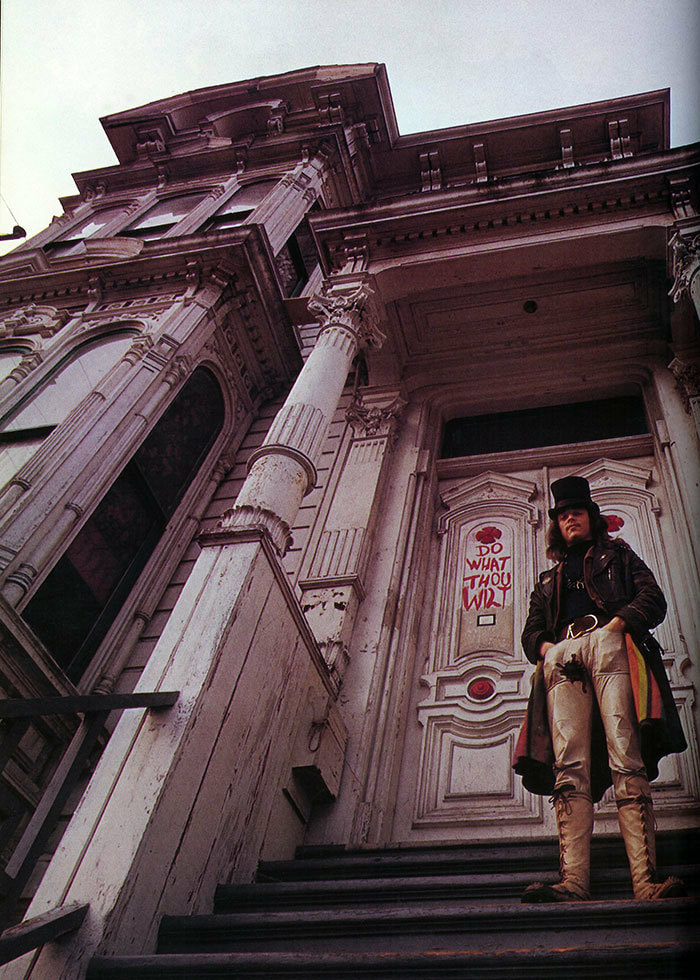
Was there an original concept behind The Orkustra?
My initial loosely knit idea was to form the first symphony orchestra using electrified instruments, and for this orchestra to play a universal form of music that blended all forms. And I wanted the performances of this music to be ‘free’ in a manner similar to the free jazz I listened to at The Haight Levels jazz club on Haight Street. At the time, 1966, neither my skill as a musician nor electronic music technology had evolved far enough to support this concept, but these limitations did not stop our collective from making a valiant effort to realize the pipe dream.
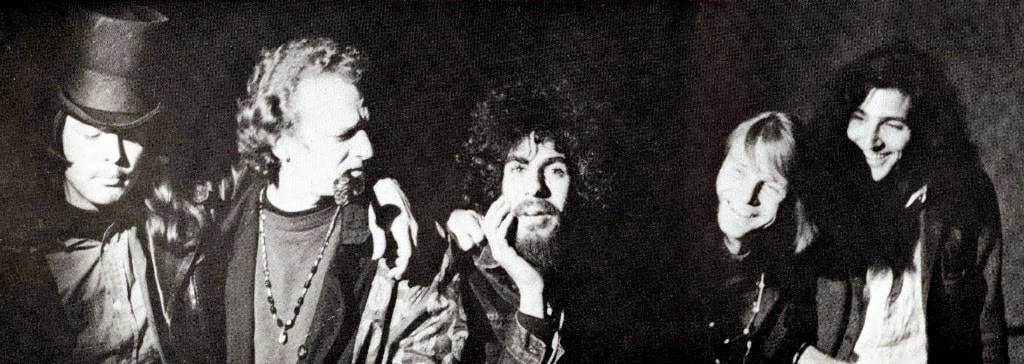
How did you decide to use the name “The Orkustra”? You were originally called “The Electric Chamber Orchestra”, right?
From the beginning I intended to name the ensemble The Electric Symphony Orchestra. When all the try-outs narrowed the number of dedicated players with an ability to improvise down to five musicians, it became necessary to scale back on the highfalutin title (but not the expectations). So we decided to call ourselves The Electric Chamber Orchestra. When we were playing only small venues like coffee houses this worked fine. Then we started playing outdoor concerts, college auditoriums and concert halls, so ‘chamber’ didn’t work anymore. That’s when we decided to be The Orkustra.
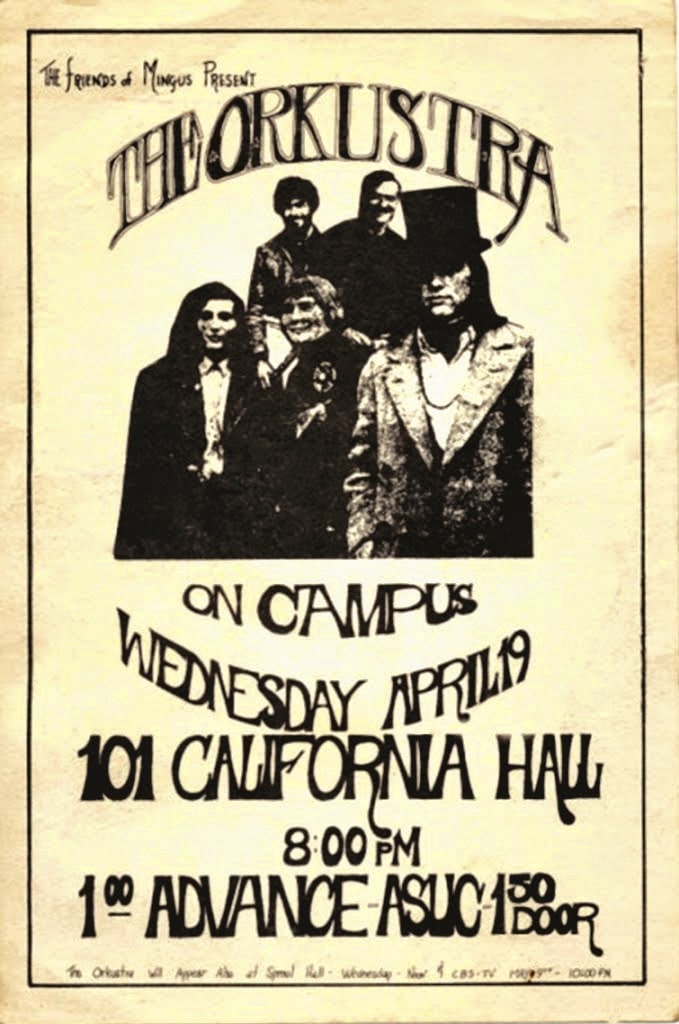
“My favorite memory of these gigs was The Love Pageant in the Golden Gate Park Panhandle. This event was held on the last day that LSD was legal.”
You were together for about a year and a half and played in many clubs, shared bills with many bands like The Grateful Dead, Charlatans, Big Brother and The Holding Company etc. What do you remember from those shows? I bet you have some crazy stories to share with us?
We played a lot of gigs with a lot of great bands and musicians. Some of the gigs were better than others but overall I had a blast! My favorite memory of these gigs was The Love Pageant in the Golden Gate Park Panhandle. This event was held on the last day that LSD was legal. Ken Kesey showed up driving Further – I mean, everybody was there. My memories of The Love Pageant are a bit blurry but I remember that The Orkustra’s lineup kept changing throughout our performance and the colorful crowd seemed to stretch as far as the eye could see from the flatbed truck trailer that was our stage.
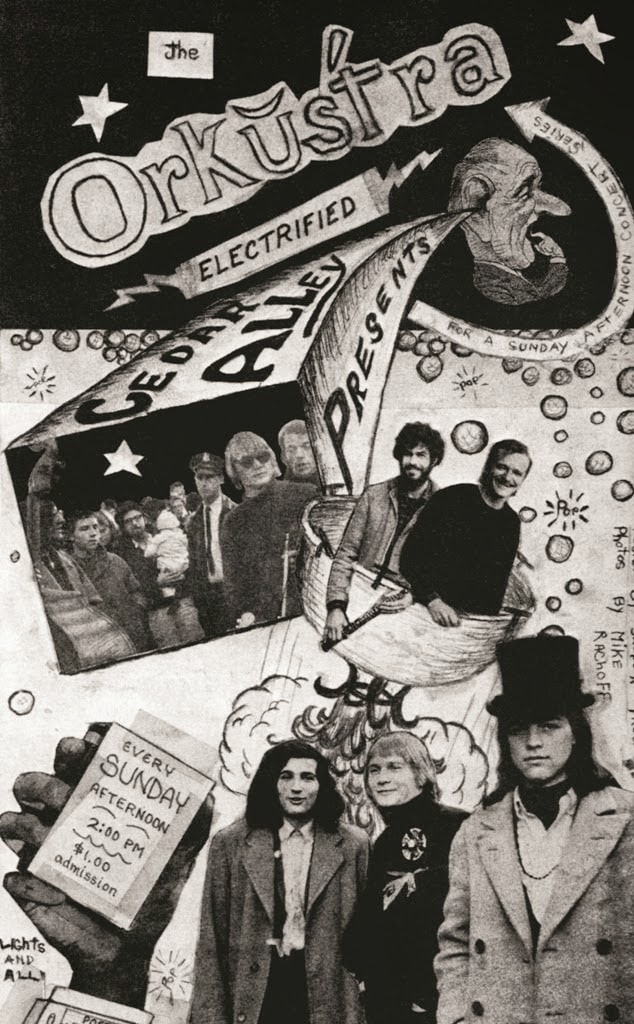
Orkustra never released anything. Many years later RD Records released compilation called Light Shows for the Blind and in 2009 Mexican Summer released Adventures in Experimental Electric Orchestra From the San Francisco Psychedelic Underground. Would you like to talk a bit about the material? Where did you record it?
A selection of our recordings were published on the Lightshows for the Blind album. The title comes from The Orkustra’s motto. The Adventures in Experimental Orchestra album is a double disk release, and the complete anthology of the recordings we made that were deemed good enough to be included. The quality is a mixed bag, with some tracks having been recorded in a church, a few at other live gigs, a couple in a studio.
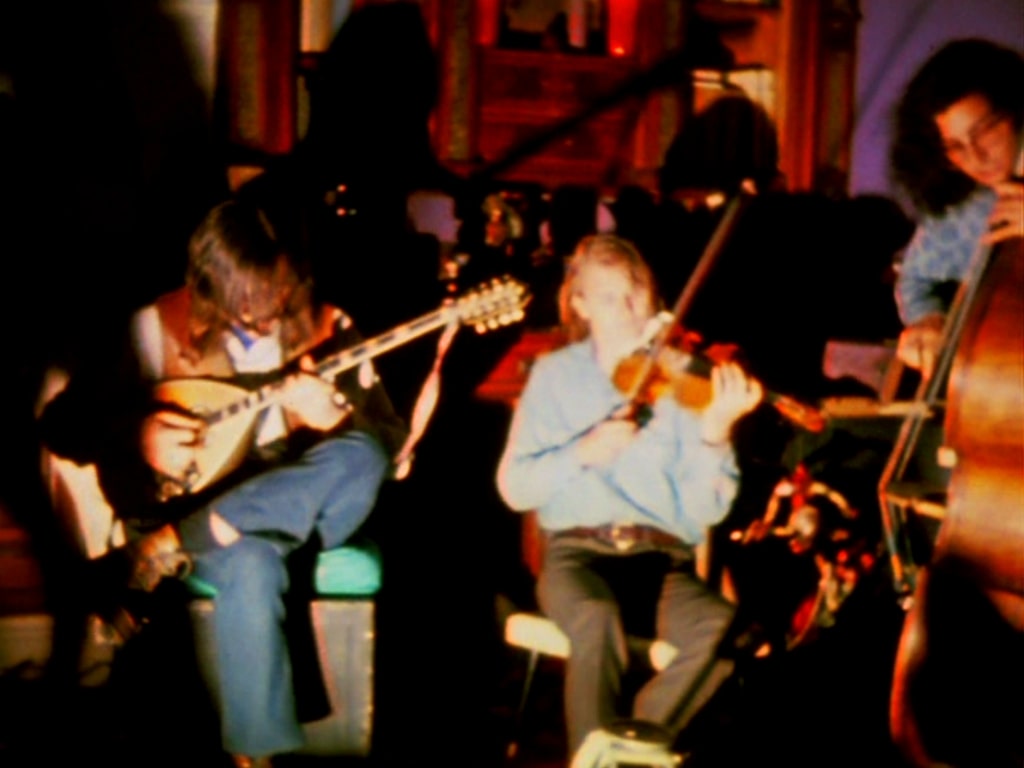
What would you say were some of the main influences? One thing that comes to my mind is John Coltrane.
Coltrane’s A Love Supreme is a good example of music we were influenced by. Most of our compositions were structured in a similar way, too, where there would be a strong melody or musical pattern motif to provide a framework for the improvisations that so largely defined our music. However, we primarily influenced one another. David and Henry were classically trained, Terry was a jazz drummer, Jamie was into jazz and blues, and I brought more of a rock orientation and Asian influences to the mix. We learned from and took cues from one another to create a unique sound.
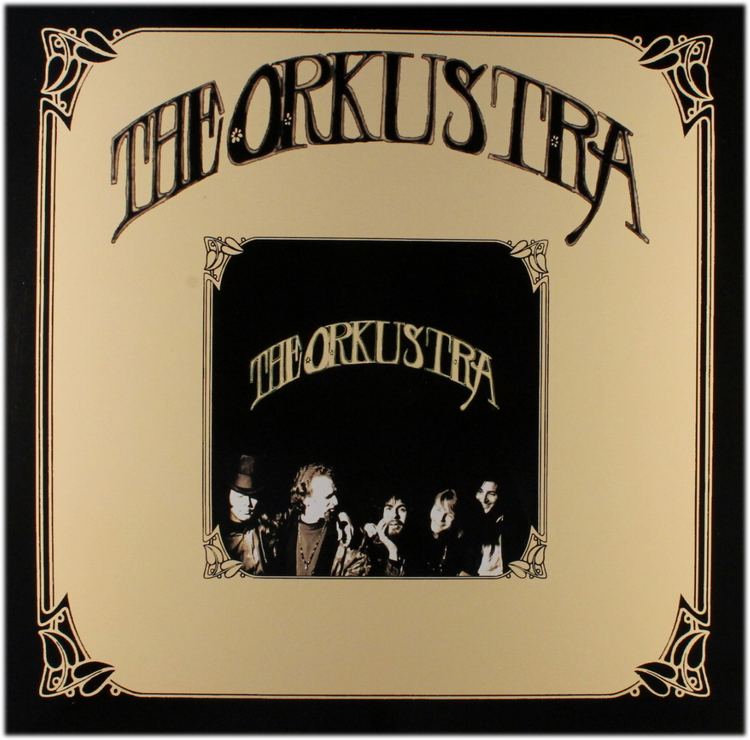
May I ask about hallucinogens? Did they have any impact on your sound development?
During the ’60s it was widely believed within the counter-culture scene that hallucinogens open doors to higher consciousness. At the time, I tended to believe this. Now, being a beneficiary of greater knowledge and experience, I affirm no such belief. That said, some psychedelic substances do open some windows in the sense that they can, if the setting, circumstances and mindset is right, enhance perceptions and offer glimpses into what is possible. What experiences I’ve had with these substances have helped me to appreciate the complexities of sound, among other aspects of awareness.
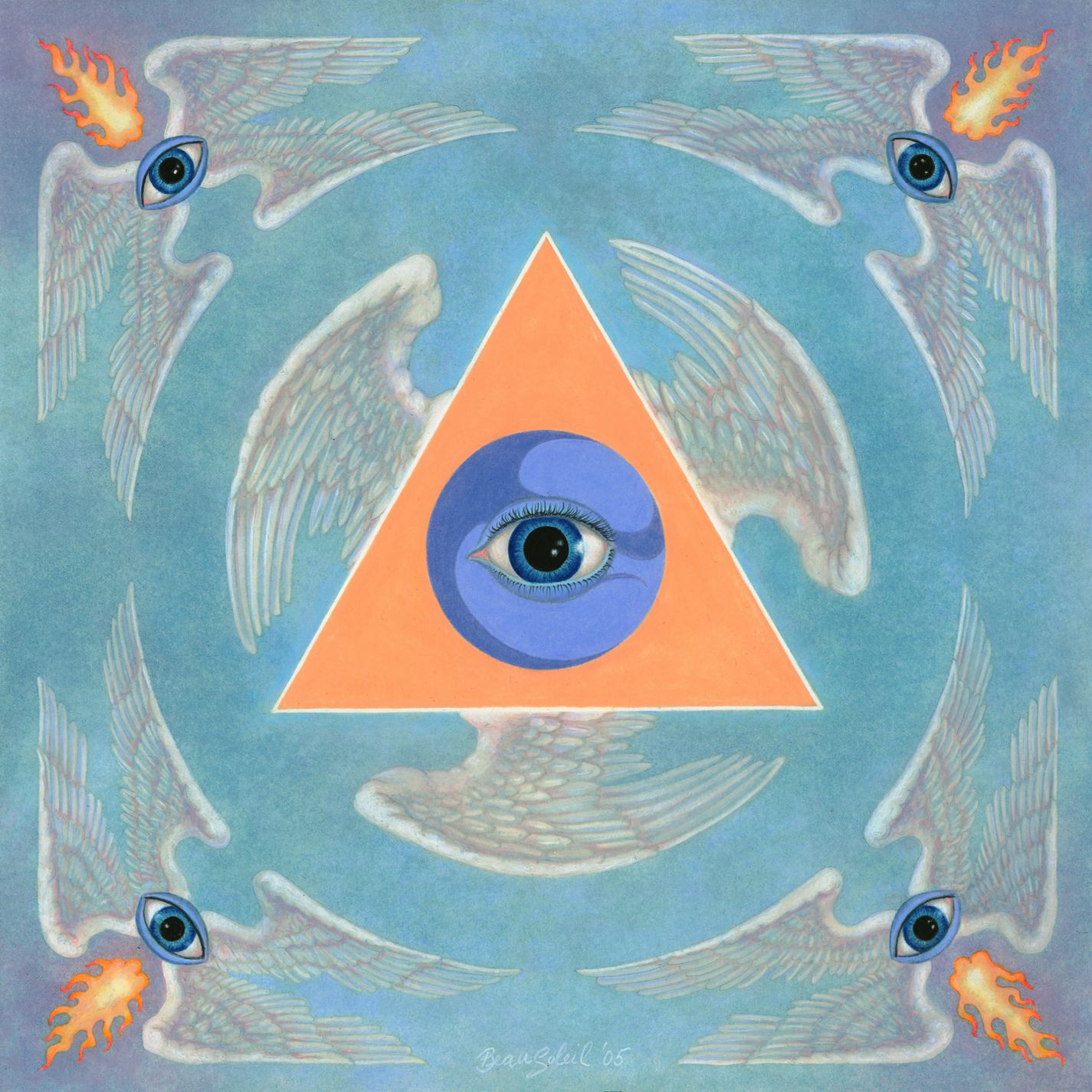
“Without a doubt The Magick Powerhouse of OZ was the strangest band to emerge out of the San Francisco music scene in that era.”
Then the bacchanalian counter-culture festival The Invisible Circus happened and famous film maker Kenneth Anger came to you and offered you to be a star in his Lucifer Rising. Soon you formed a new band called The Magick Powerhouse of OZ – very eclectic ensemble. What happened next, Bobby?
Weirdness! Without a doubt The Magick Powerhouse of OZ was the strangest band to emerge out of the San Francisco music scene in that era. Our closest cousin was probably Sun Ra’s band. All of the members were street musicians, some with no traditional musical training. Our music came out of one rule: “make any noise you feel but do it with sensitivity and consideration for the other players”. The deal I made with Anger was that I would agree to starring in his film if he allowed me to compose and record the soundtrack. Some of the members of The Orkustra found Anger sort of off-putting and declined to work with me on the project. So I formed The Magick Powerhouse to make sounds for the soundtrack. It was a short-lived band. We played only one public gig. You can hear the recording on The Lucifer Rising Suite soundtrack anthology album.
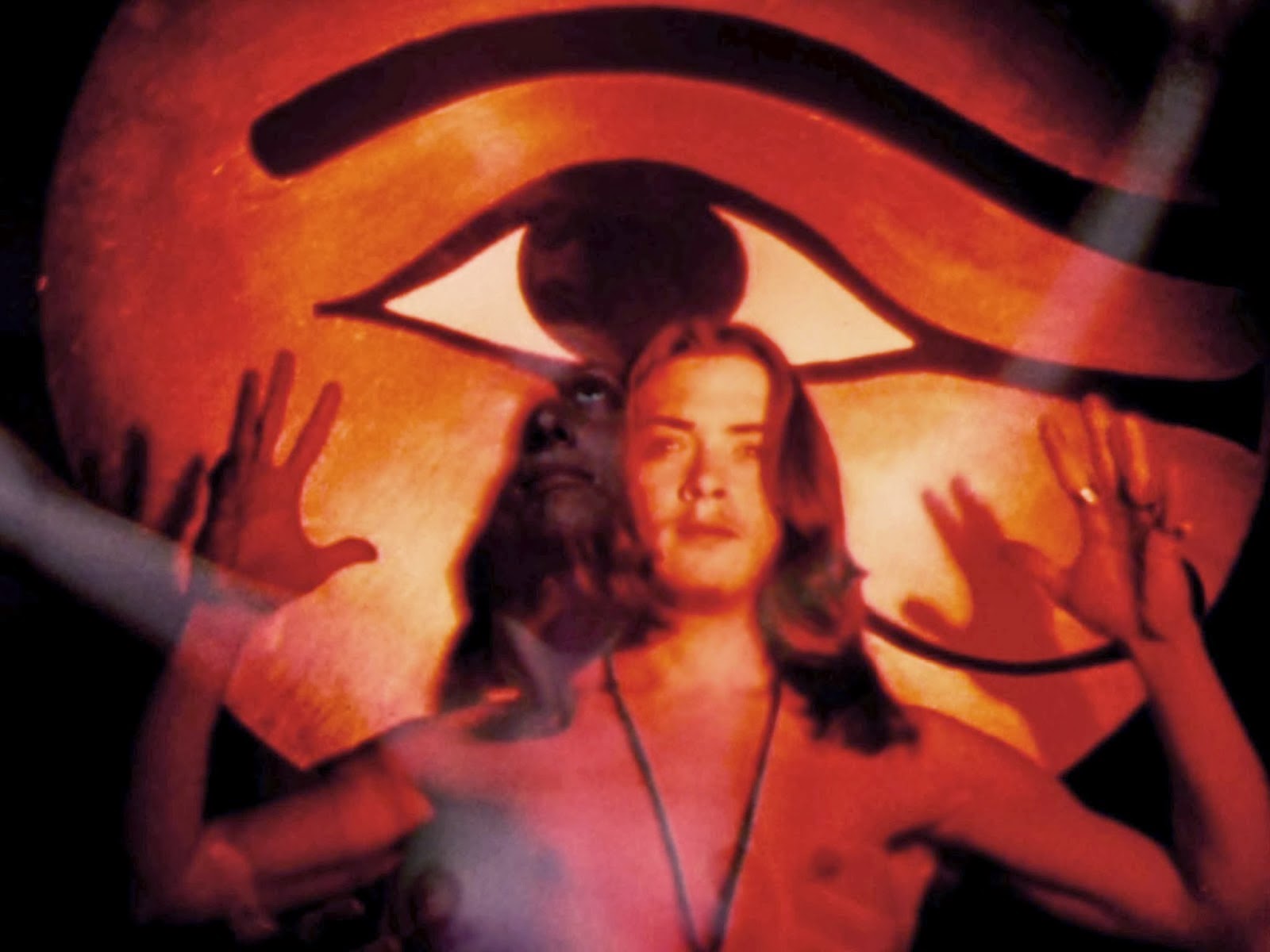
“Lucifer Rising is about the arduous journey involved in arising out of one’s own self-made undoing.”
In 1976, while at the state prison in Tracy, California, you resumed your earlier collaboration with Kenneth Anger, nearly ten years after their parting of ways in San Francisco. You formed The Freedom Orchestra and completed soundtrack for Lucifer Rising.
For reasons difficult to explain, I felt a compulsion to complete the project I had begun years earlier. When Anger decided that he didn’t want to use Jimmy Page’s music for the film, I volunteered to do it, and Anger accepted my offer. Anger’s concept for the film had little bearing on how I conceived the music. For me Lucifer Rising is about the arduous journey involved in arising out of one’s own self-made undoing. There is an obvious autobiographical component. As in many classical symphonies, the story is told emotively through instrumental music.
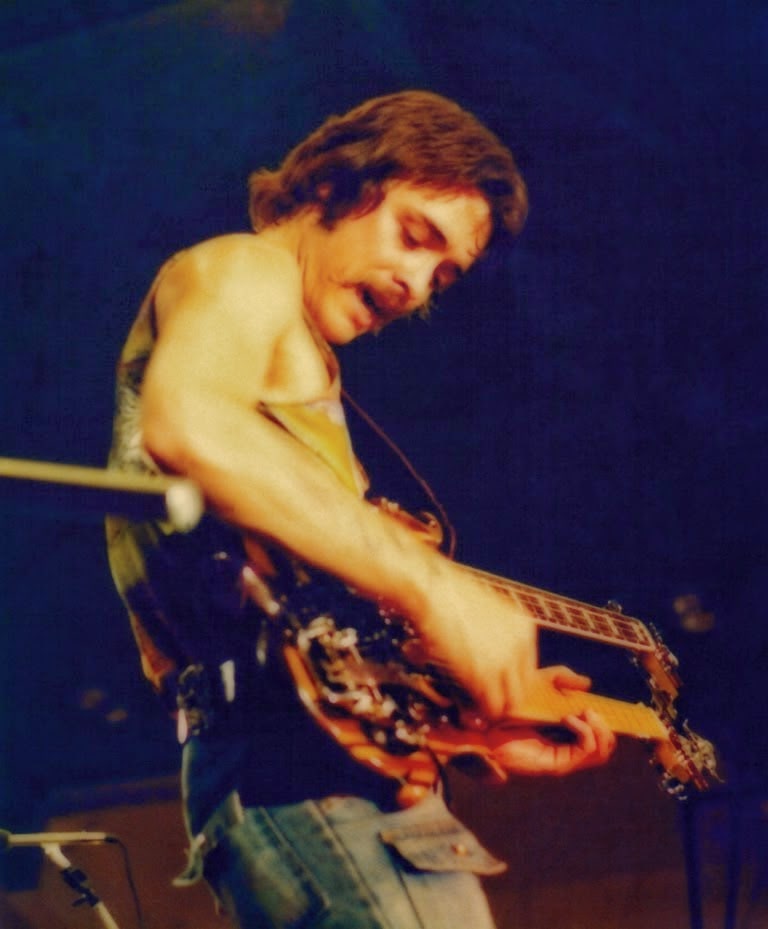
You are still very active and it’s amazing that due to restriction you manage to do visual arts, music programs, and you taught yourself electronics and invented and built innovative musical instruments and also composed and recorded an amazing amount of original music. You are also author of a modest assortment of creative writing projects.
Many people thought that when I was sent to prison I would just rot in here. Well, fuck that! Remember I took another man’s life for selfish reasons, an act I deeply regret. With respect to the man whole life I shortened, I have a sacred duty to enhance the meaning and value of life in general by bringing what creative gifts I’ve been endowed with to bear in the consciousness of humanity. Don’t give me too much credit. This is something I simply have to do.
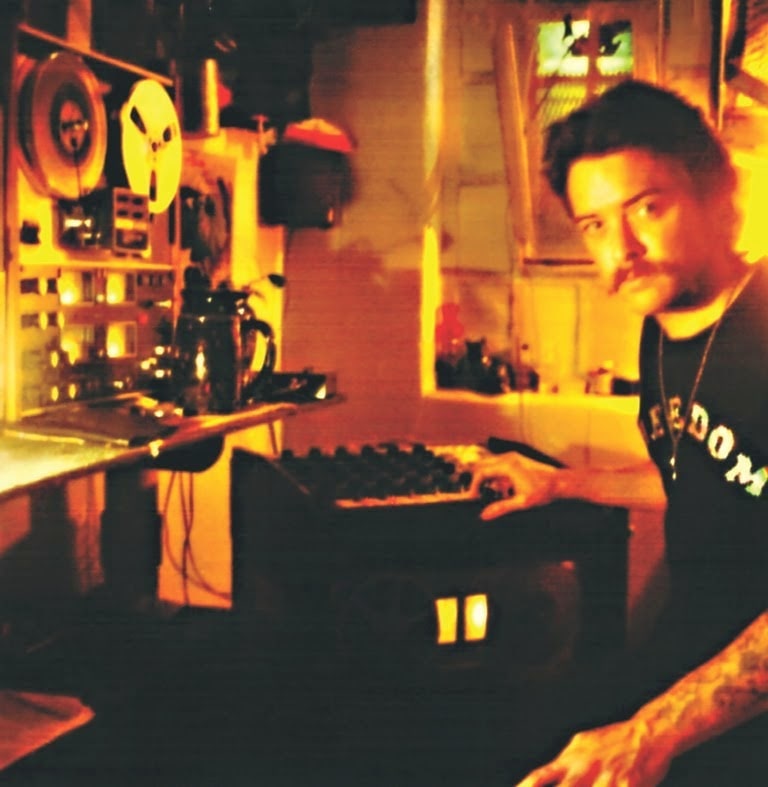
“What I’ve always wanted to do with my music is to build castles of light and sound in the minds of listeners.”
Would you like to tell us more about your projects?
Start where you are. Where else? I recently put the finishing touches on a double album of new music entitled Voodoo Shivaya that is scheduled for release at the end of 2014. This one demanded a lot of me. I began working on it in 2008 and went deep to make this album a definitely personal statement, and richly mystical. It is also a fun album, with both instrumental and vocal tracks, dense layers of guitar, and guest performances by some notable musicians.
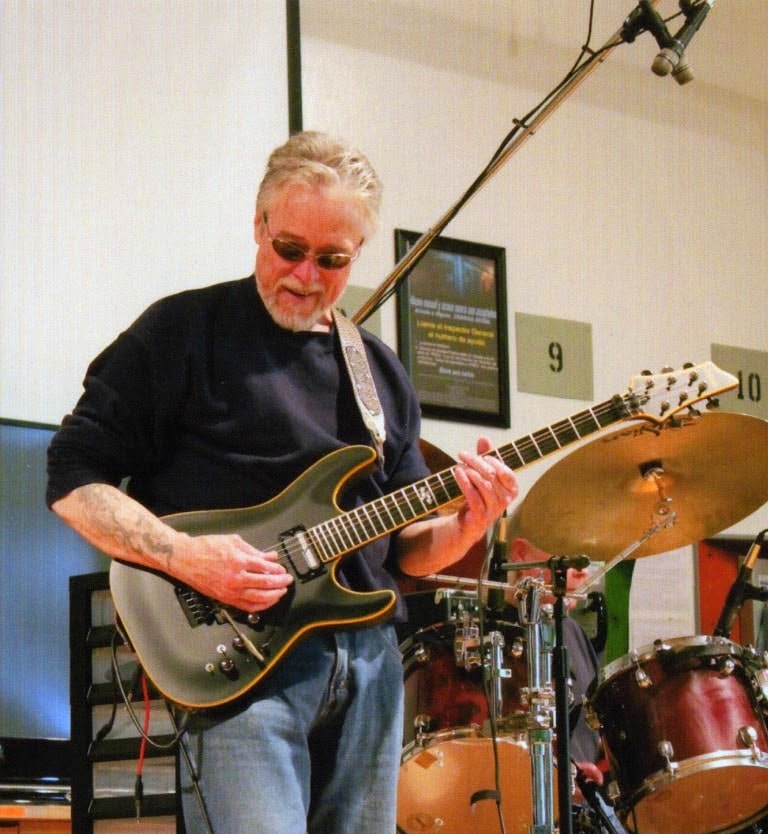
What are you currently up to?
I have been producing new paintings, and a book featuring my visual art will be published in 2015. Work on my autobiography continues at a slow but steady pace. Musically, I’m working on an electro-psychedelic album that I’m calling Psychlopz, featuring balls-to-the-wall old school synthesis. Electronic music is woven into the DNA of my psychedelic sensibilities. You know, I’ve never wanted to make music that might be used as wallpaper, something people use to decorate their environment. What I’ve always wanted to do with my music is to build castles of light and sound in the minds of listeners.
– Klemen Breznikar
Bobby BeauSoleil Official Website
Bobby BeauSoleil Facebook
Bobby BeauSoleil Instagram
Bobby BeauSoleil Twitter
Bobby BeauSoleil YouTube
All photo materials are copyrighted by their respective copyright owners, and are subject to use for INFORMATIONAL PURPOSES ONLY!

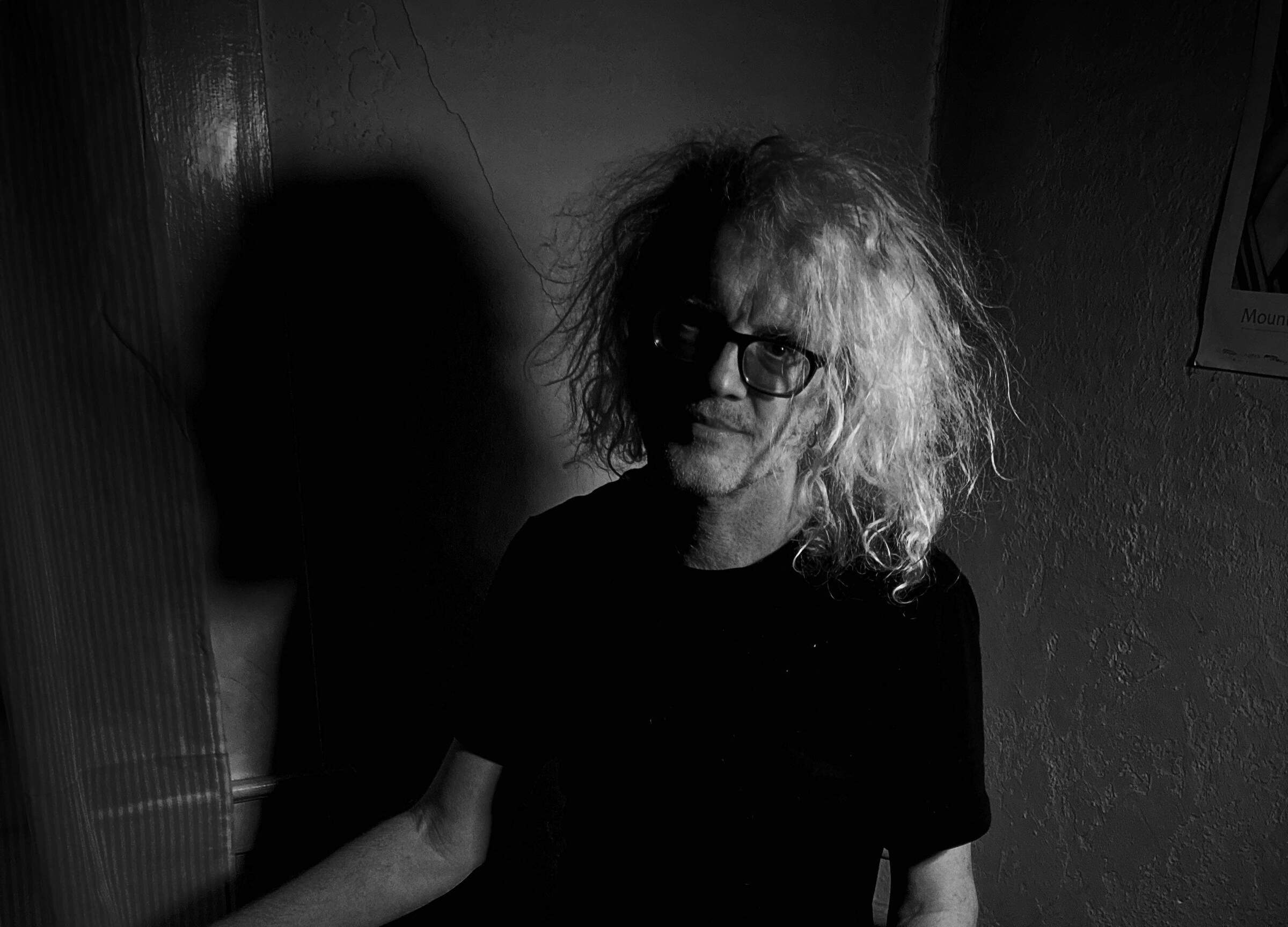
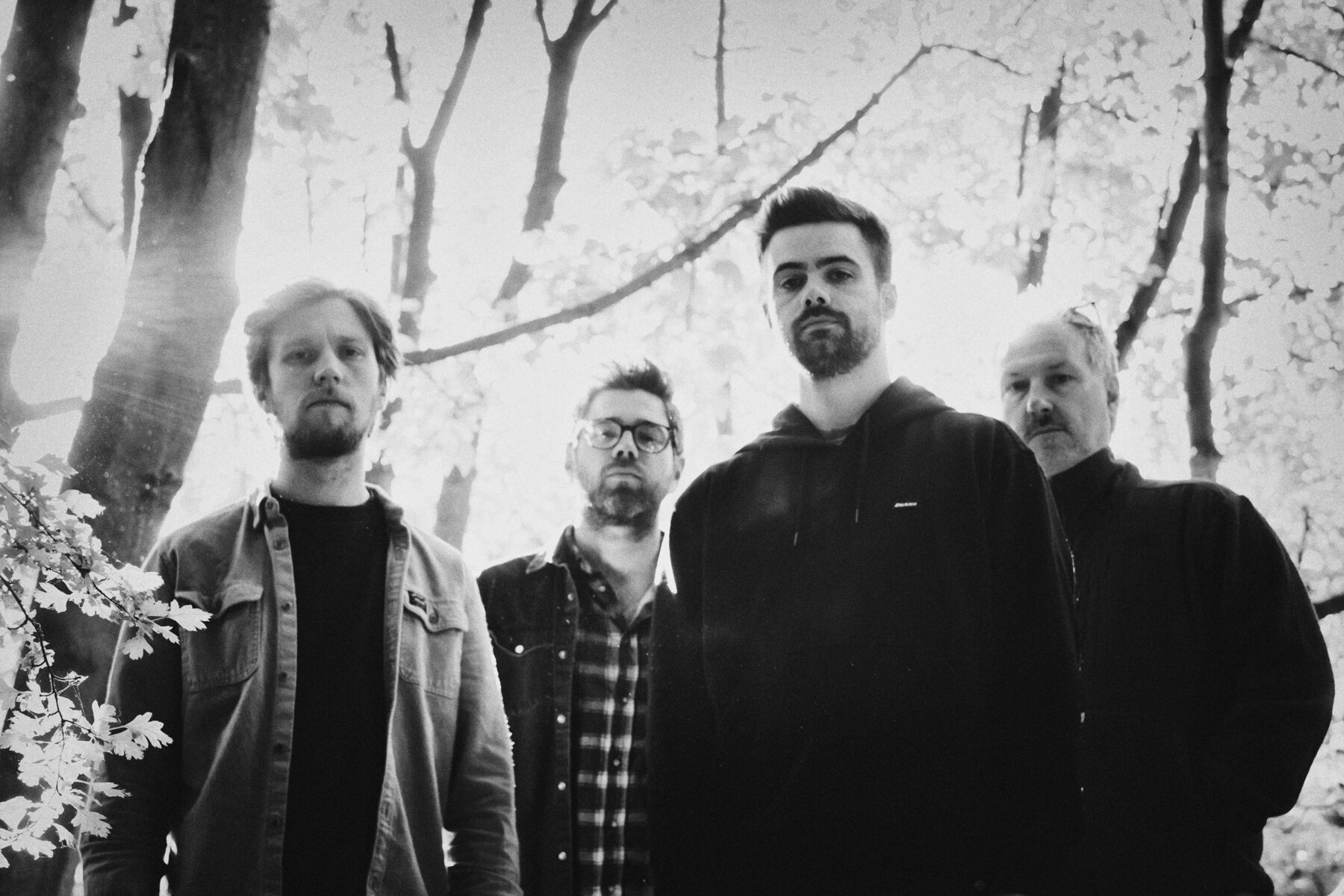
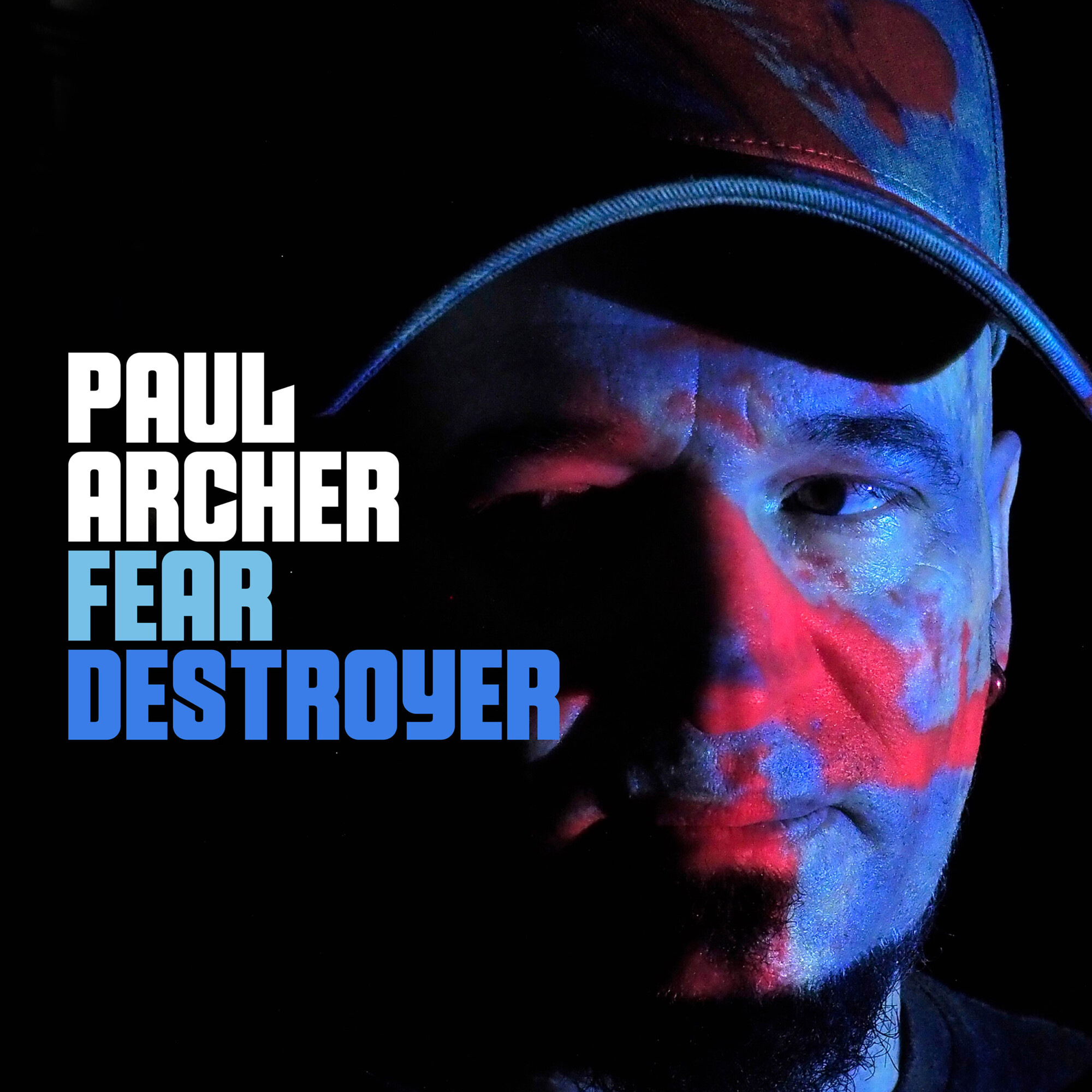
This magazine sounds awesome. I always feel like alternate rock and similar genres of music don’t get the attention they deserve. I’m so glad you guys have provided underground artists with a platform to get themselves recognized.
Interesting